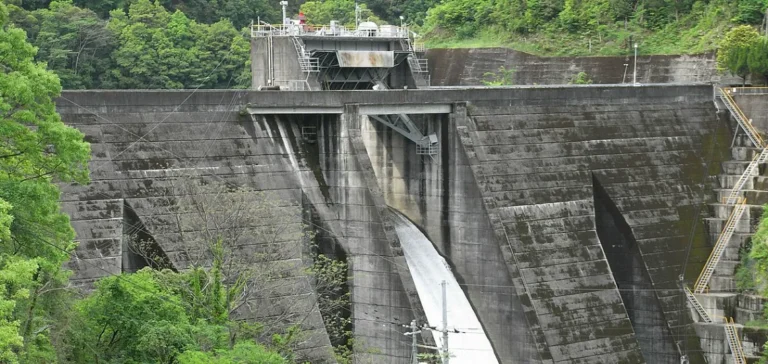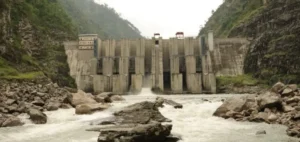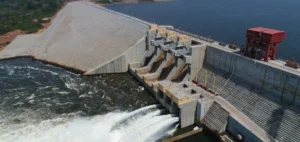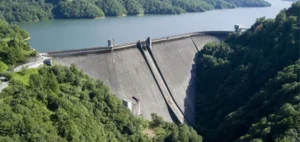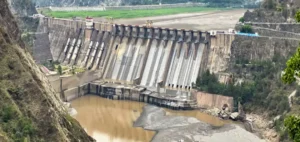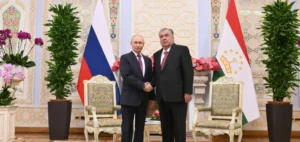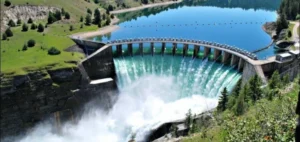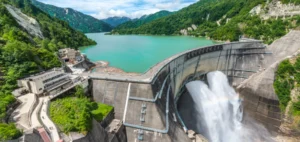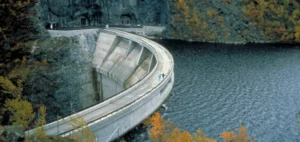Kyushu Electric Power (Kyushu EPCO) has initiated the conversion of its Morozuka hydroelectric plant, located in Miyazaki Prefecture, into a pumped-storage hydroelectric power station. Commissioned in the early 1960s, this 50 MW facility is being reconfigured to address the growing curtailment of renewable energies and the rising need for flexibility services on Kyushu’s electric grid.
A power system under pressure
Japan’s power generation still depends heavily on fossil fuel imports, accounting for nearly 70% of total output in 2023. In this context, utilities such as Kyushu EPCO aim to reduce their exposure to price volatility and geopolitical risks. The Morozuka project fits into this strategy by lowering dependency on foreign supplies, especially liquefied natural gas (LNG) and coal, including those from now-sanctioned sources such as Russia.
The conversion also aligns with Japan’s 2040 energy roadmap, which targets a renewable share of 40–50% and about 20% from nuclear. In this trajectory, system flexibility becomes essential to manage the increasing curtailment of solar and wind energy, particularly acute in the Kyushu region.
A regulatory framework favouring reconversion
The project is underpinned by a regulatory framework that includes integrated utility regulations, capacity markets (JEPX), and targeted subsidies from the Ministry of Economy, Trade and Industry (METI). While pumped-storage projects are not supported under the same feed-in mechanisms as renewables (Feed-in Tariff / Feed-in Premium), they are increasingly valued for grid balancing, curtailment avoidance and participation in reserve and capacity markets.
Utilising an existing hydro site streamlines permitting, as key infrastructure, land rights and water usage permits are already in place. However, environmental constraints remain, with the Miyazaki region prone to extreme rainfall and hydrological risk, requiring further safety studies for the pump-turbine cycles and flood management.
Industrial and local alignment
Kyushu EPCO leads the initiative, drawing on its experience in hydro plant modernisation and a regional 3.6 GW hydro portfolio. Local authorities in Miyazaki Prefecture and affected municipalities are involved in discussions, particularly around water management, natural disaster risk and local economic impact. Equipment suppliers specialising in hydro-mechanical systems stand to benefit if other sites follow Morozuka’s reconversion path.
The project also serves to reposition the asset economically. While Morozuka currently generates revenue solely from electricity output, the future pumped-storage configuration will open multiple revenue streams: energy price arbitrage, system services, and reserve market contributions.
Market and pricing implications
Introducing a pumped-storage unit significantly alters the hourly price structure on Kyushu’s wholesale market. The ability to flatten price differentials between off-peak and peak hours reduces returns for thermal peaking plants but stabilises revenues for renewable producers. It also enhances bankability for surrounding solar and wind projects, especially under corporate power purchase agreement (CPPA) structures.
From an industrial perspective, Morozuka STEP establishes a repeatable model for hydro asset modernisation. Repurposing legacy sites could support a local value chain in civil engineering, hydro-mechanical equipment, and automation, while helping Kyushu EPCO differentiate itself from other Japanese utilities.
Strategic and geopolitical significance
The conversion enhances Kyushu EPCO’s strategic autonomy by partially internalising its response to global energy market volatility. It also signals a shift in capital allocation away from capital-intensive international LNG ventures towards domestic network and flexibility assets.
The project aligns with public authority expectations for energy resilience and regulatory compliance. It positions Kyushu EPCO as a credible low-carbon operator, without heavy reliance on foreign suppliers from jurisdictions exposed to sanctions.
Kyushu EPCO’s absence from foreign sanctions lists, combined with its role in implementing Japan’s energy-related measures against Russia, makes it a low-risk counterparty for international infrastructure financiers targeting flexibility assets.


